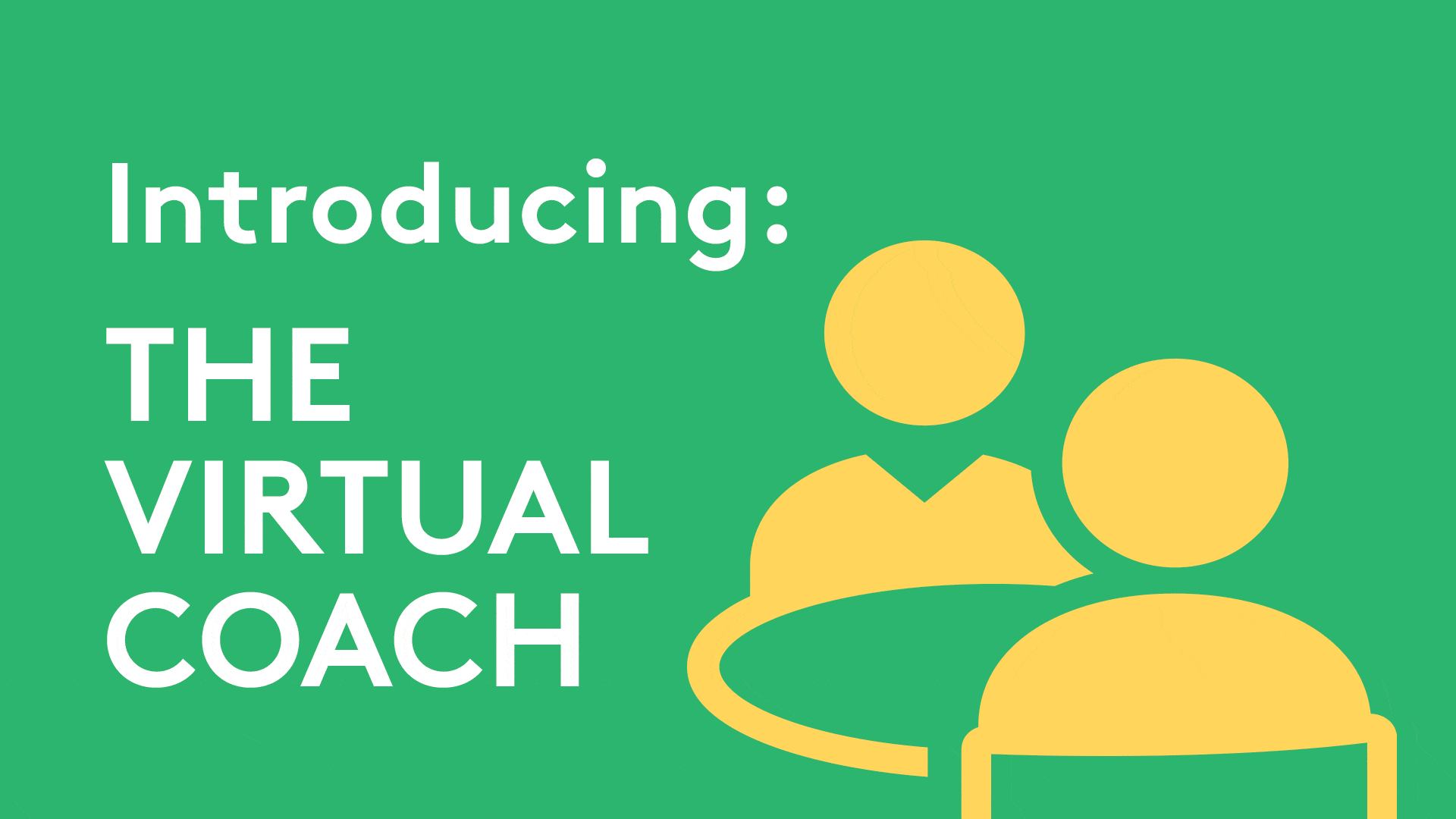
How a “Virtual Coach” Can Help Organizations Improve Learning Outcomes
New data proves that a one-on-one coach can turn around performance for students who are as much as a year behind. While not the first time research has affirmed the positive effects of tutoring, the study proves that it is never too late to get a student back on track.
This is not only significant for K-12 students who are at risk of dropping out, but also for corporate learners who must acquire new skills or risk being left behind.
The problem, not surprisingly, is that hiring an individual coach for each student (or employee) is incredibly expensive. For example, in the study above, the tutoring is estimated to cost about $3,800 per student. At a larger scale, that number could go down to $2,500 per student. That’s still dramatically out of sync with what most schools and organizations are prepared to spend per year:
- It’s overly burdensome for schools: Primary and secondary schools in the U.S. already spend an average of $12,500 per pupil per year. To add tutoring at this scale would increase the investment per pupil by nearly a third.
- It’s far beyond typical budgets for corporations: With most companies spending less than $1,000 per learner on training per year, adding a $3000/employee tutoring component would be out of the question.
Fortunately, tutoring advocates don’t have to throw in the towel just yet. New learning technologies that replicate the dedicated coach experience, are not only affordable, they’re also demonstrating that they can have effects equally strong to in-person coaching.
Fulcrum’s Virtual Tutor
For example, our learning platform fully automates all the benefits of a dedicated coach within an adaptive framework. We first break up the learning content into manageable chunks – usually 5-10 minute-long lessons. They provide learners with the information in a way that’s easy to absorb and understand, just like a coach would. Our software follows each lesson with an engaging assessment to find out what they’ve learned. As learners progress through the learning, we’re:
- Constantly assessing performance
- Adjusting the difficulty of the content in real time based on performance and behavior – what we call “Optimal Challenge”
- Providing relevant, timely feedback
- Offering helpful hints rather than the “right answers” to drive learner engagement and confidence
- Evaluating mastery by the learner’s ability to remember, understand, apply, analyze, and evaluate concepts based on learning objectives
- Requiring that learners achieve mastery before they can move on to the next objective or difficulty level
As a result of our coach-like approach, our learners demonstrate higher levels of confidence in their knowledge and increased satisfaction with the learning. They also show dramatic learning gains like:
- 53% improvement in learning times
- 32% improvement in knowledge levels
- 58% fewer knowledge-related, on-the-job mistakes
Learn more about how Fulcrum’s “virtual coach” is impacting some of the nation’s premier companies, or watch our video to see the technology at work.
